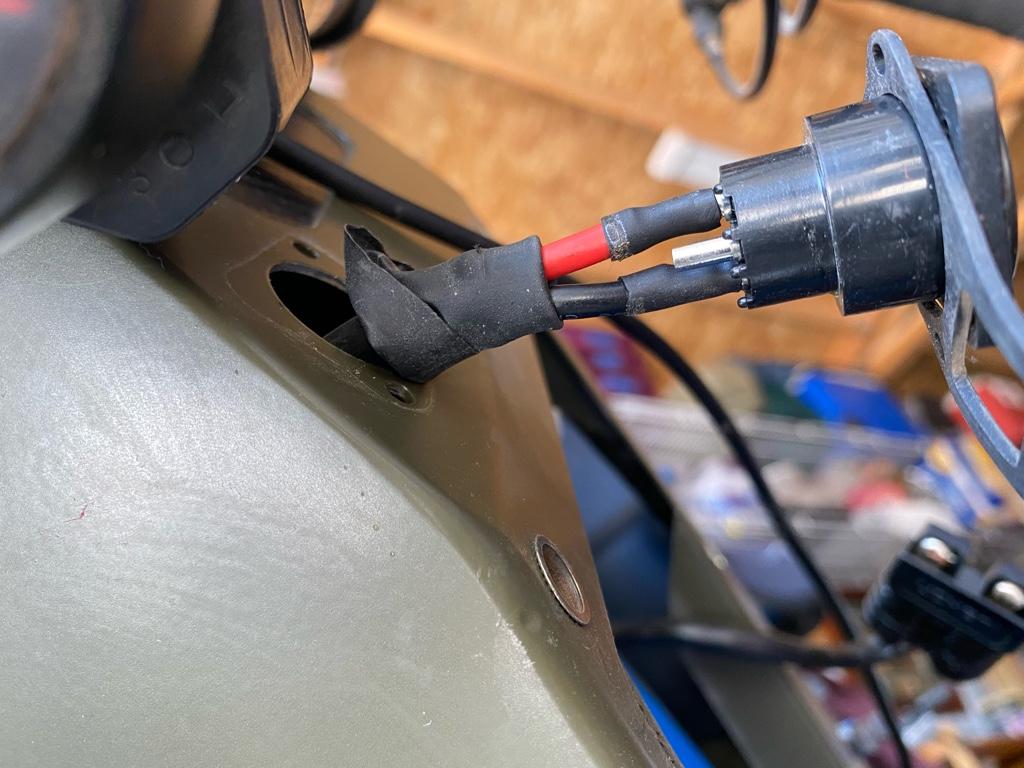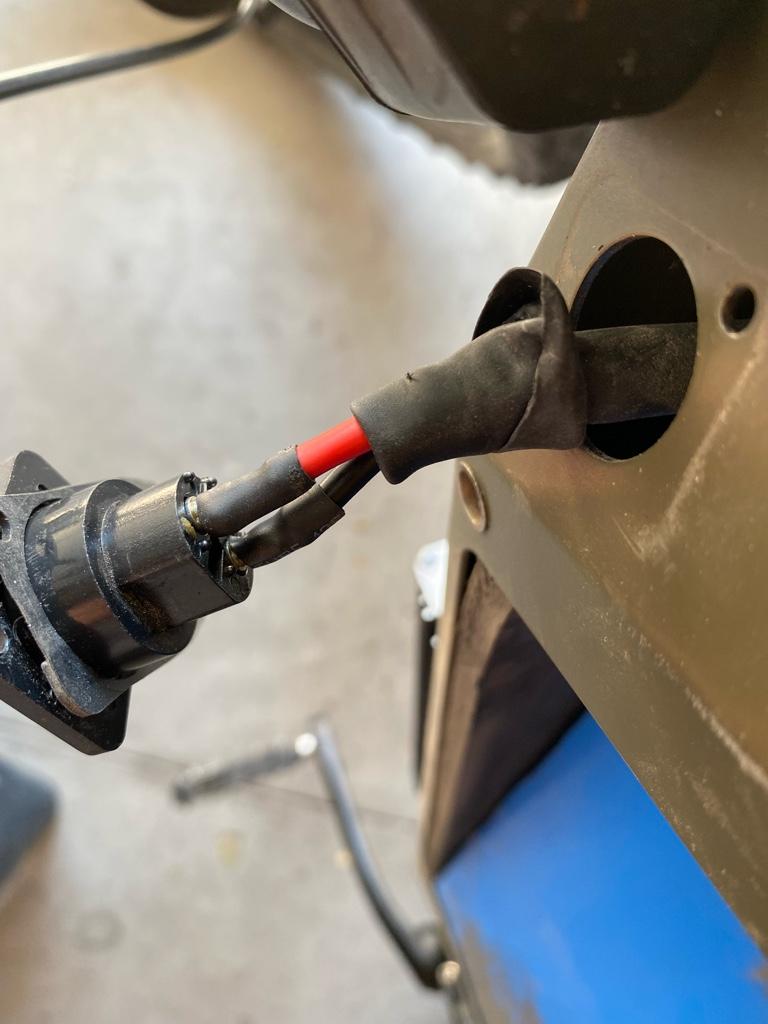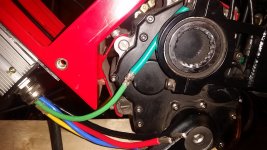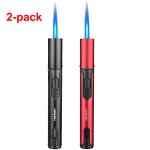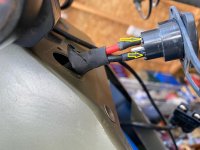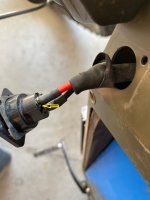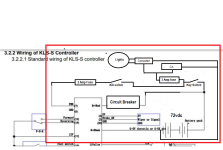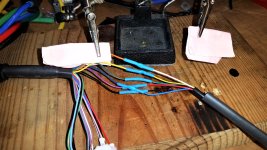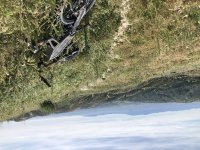A little butane torch like I pictured works well enough for heavy gauges; it's hard to use on stuff smaller than 6; 10 is likely to wick too much solder and do what you saw, which is why an iron is better for many applications.
You really only want to heat the area being soldered, and heat it as fast as you can and get the heat off it immediately once soldered. And don't set the flux on fire. :lol: It doesn't do it's job of cleaning the wire if it burns. Also if the wire gets too hot it will oxidize and solder won't stick to it. More reasons an iron is better. (even if it's a non-electric iron that you heat with a torch...I have one of those around here somewhere that's got a head/tip at least an inch thick and at least 3-4" long...came in my grandad's toolbox, only ever used it once, for a water pipe, IIRC).
BTW, if your present iron has a removable tip, you can probably get a big fat chisel / hammerhead tip for it to use for this type of situation. If you're creative you could even make one.
If you have to you can use "soldering clips" that are basically clip-on heatsinks something like this
https://www.amazon.com/CLIP-HEAT-SINK-KIT/dp/B0032UYTV6
(i know nothing about that product but it is the right kind of thing)
that help keep some of the heat away from parts past where you are soldering. For larger wires you need larger heatsinks with more contact to the wire being soldered (because the heat still wicks thru the core of the wire while the outside is cooled a bit by the heatsink, the bigger wires will still have some solder wicking, which you don't want).
But if you use a "hammer head" or other fat-tip iron, where the head is at least a few times bigger than the volume of metal you need to heat up, it will correctly heat it for soldering within a few seconds.
Typically when everything is "right" you can place an iron on a surface, count 1000-1, 1000-2, 1000-3, 1000-4 then apply solder, keep counting up to -6, then pull iron and solder away and let cool. It should then be correctly soldered. If it's not, there's either too much or not enough heat, or not enough thermal mass in the iron to heat the joint fast enough to prevent wicking but still fully solder it, etc.
Depending on the setup and parts being soldered, you may need less time than that...but it shouldnt' need more.
If you really have trouble with teh soldering, a crimped connection will be easier, and if done right will be better than soldered anyway. You can get butt-splice joints like these:
https://www.amazon.com/gp/product/B076H3VHGN
and a crimper like these:
https://www.amazon.com/gp/product/B00Y7M7SG6
and make pretty good joints. Better crimpers will do a better job, but these work ok.
If you slip the heatshrink you're going to use over the wires first before crimping, (or soldering) you can also easily insulate the joint. I recommend two layers of heatshrink on things like battery or phase wires, so damage to it doesn't cause immediate exposure of conductor--it has to do it twice in the same spot (usually).
Also, if you stagger the splice points, so there are no splices ever next to each other, you can't have a short between splices in a cable even with no insulation on them at all. Leave at least an inch between them, and it is typically safe enough. (it also means you don't have a giant "bump" or "knot" in the cable from the extra thickness of all the splices together...).



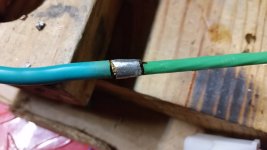
![81PTNGkUVdL._AC_SL1500_[1].jpg 81PTNGkUVdL._AC_SL1500_[1].jpg](https://endless-sphere.com/sphere/data/attachments/186/186722-96b960111bfa8252d64fafa56a7006ff.jpg)
![s-l300[1].jpg s-l300[1].jpg](https://endless-sphere.com/sphere/data/attachments/186/186723-d6f947caad579f803b53ae0de4ca6af1.jpg)
